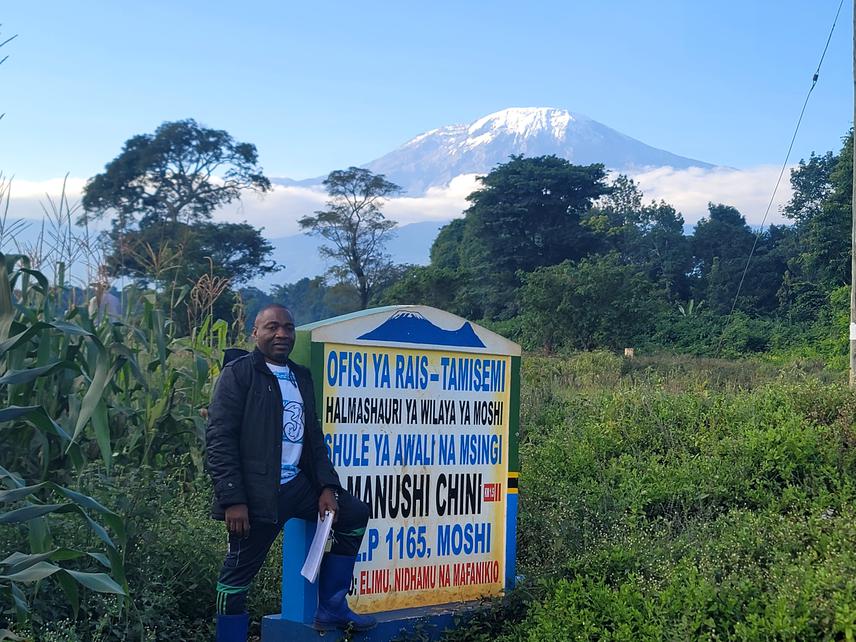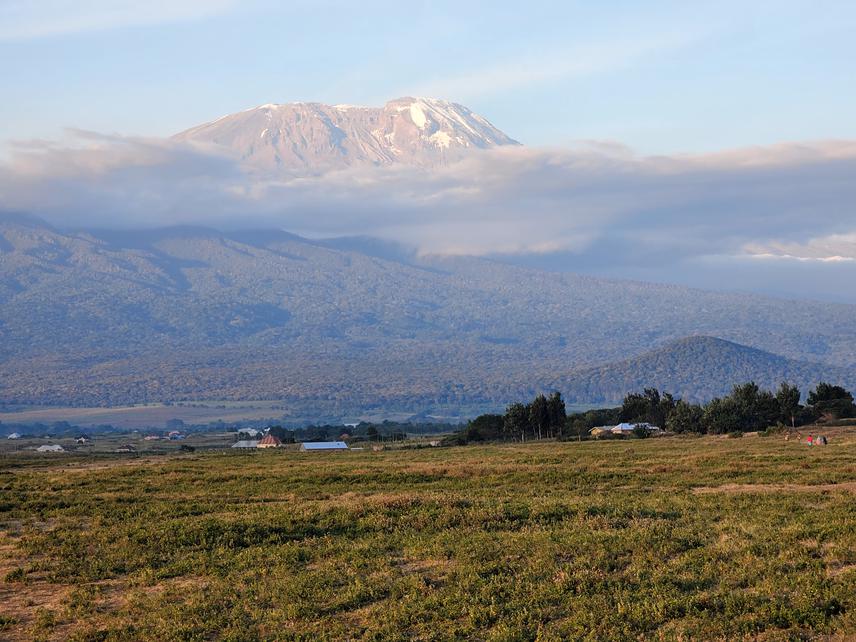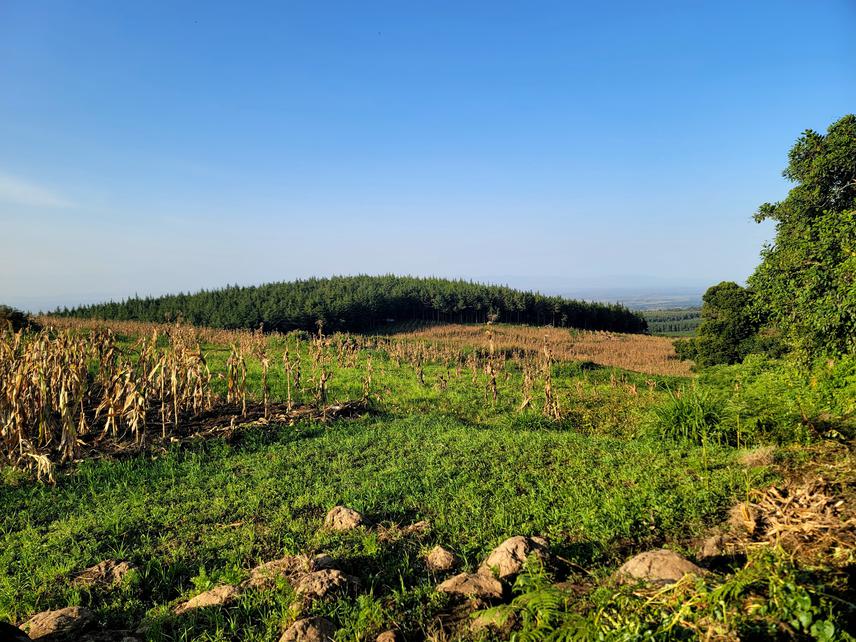Aggrey Barnaba Chitimbe
The project will be conducted on the Mount Kilimanjaro ecosystem, located in the Kilimanjaro Region of Tanzania. The ecosystem comprises the Kilimanjaro National Park, which lies within the International-designated Eastern Afromontane Conservation Hotspot, a WWF Global 200 Eco-region, a WWF/IUCN Centre of Plant Diversity, and one of the world's Endemic Bird Areas (UNEP and WCMC, 2011). While mountains have traditionally been less affected by plant invasions, the threat is now reported to increase due to climate change, greater anthropogenic land use, and continuing novel introductions (McDougall et al., 2011). According to IUCN (2020), Mt. Kilimanjaro ecosystem is heavily threatened by climate change, and uncontrolled frequent fire. Besides, the rapid population growth, deforestation, farming activities, and land use/cover change (Misana et al., 2012) expose the ecosystem to the risk of invasion. Invasion by tree species such as black wattle (Acacia mearsii), pines (Pinus patula) and eucalyptus species has been widely reported however little is known about the risk of invasive grasses, herbs and shrubs since the reported case of an invasive grass species called Poa annua in the park (Hemp, 2008).

The view of Mt. Kilimanjaro from Manushi Chini, in Moshi District, Kilimanjaro Region. ©Aggrey Chitimbe.
Therefore, this project aims to: (i) Identify the invasive and potentially invasive grasses, herbs, and shrubs along the elevation gradient of the Mt. Kilimanjaro ecosystem; (ii) Conduct a detailed risk assessment to prioritize the most high-risk invasive species and their potential introduction pathways; (iii) Use ensemble habitat suitability modelling to predict current and future vulnerable habitats to invasion by the selected priority species and (iv) Co-develop a risk management framework based on the Early Detection and Rapid Response (EDRR) approach which has proven successful and cost-efficient in managing invasive species in other countries. The project will utilize a combination of field surveys, risk assessment, and modelling to achieve its objectives.

The view of Mt. Kilimanjaro vegetation gradient from Siha District, Kilimanjaro Region. ©Aggrey Chitimbe.
The findings of this project will provide crucial information to support the management and conservation of the Mt. Kilimanjaro ecosystem, which is a globally significant biodiversity hotspot. By identifying and prioritizing the invasive and potentially invasive species, as well as their introduction pathways and vulnerable habitats, the project will inform the development of a targeted and cost-effective EDRR-based risk management framework. This framework can then be used to guide decision-making and implementation of invasive species control measures, ultimately helping to protect the unique biodiversity and ecosystem services within the area.

Maize farms and tree plantations on the slopes of Mt. Kilimanjaro. ©Aggrey Chitimbe.